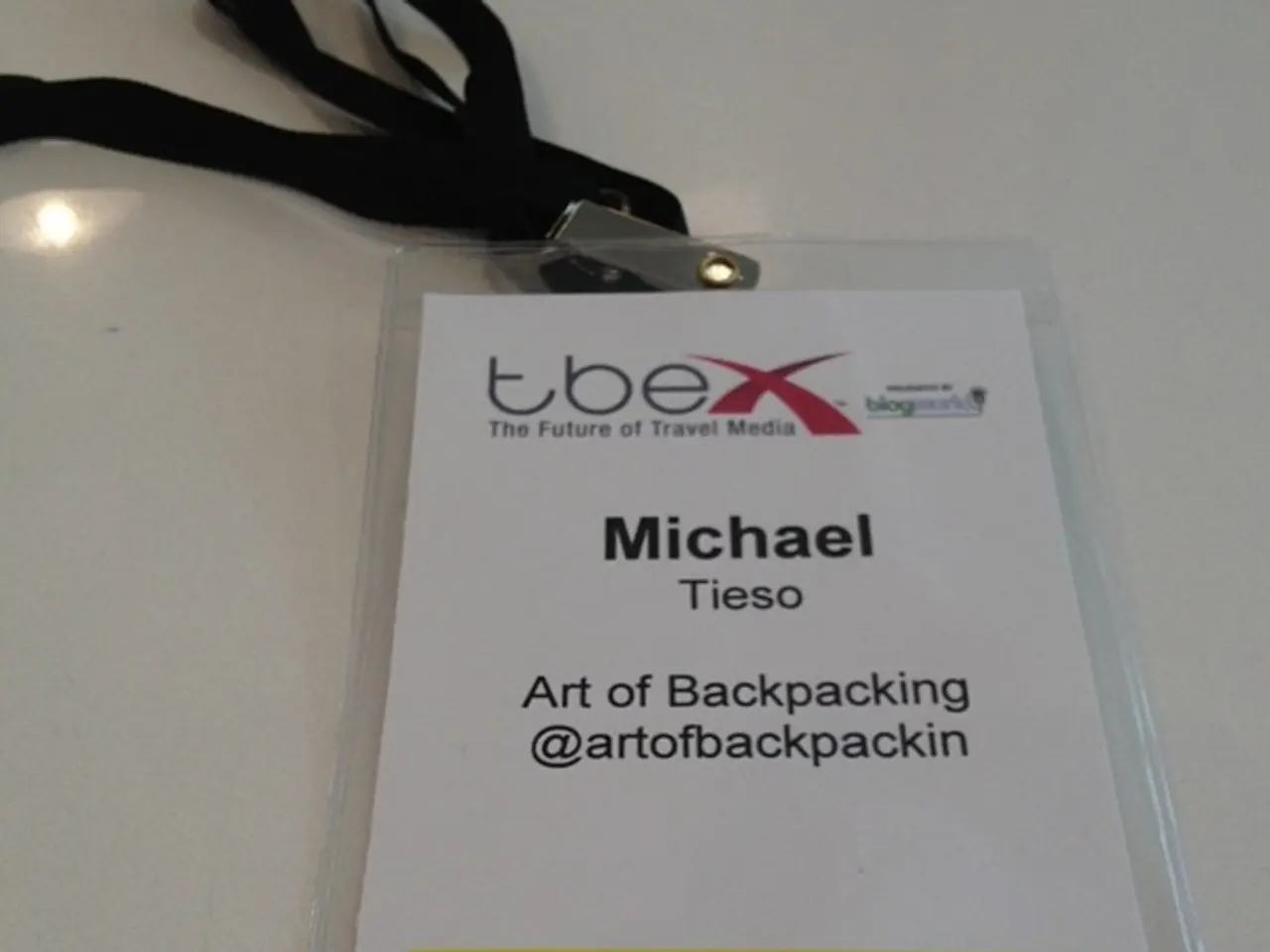Driving inflation to higher levels are three key factors
In the year 2025, the global economy is grappling with a surge in inflation, a complex interplay of several interconnected factors shaping the economic landscape.
Emerging trends are reinforcing the tendency towards stronger state intervention in the economy, with governments facing substantial challenges such as tackling climate change and combating rising populism. The public sector's fiscal position remains strained, with public debt at record peacetime highs, making a prolonged phase of strong economic growth unlikely.
The shift towards stronger state intervention in the economy has been accelerated by the Covid-19 pandemic and the revival of fiscal activism similar to the inflationary era after World War II. The use of central bank balance sheets to facilitate government borrowing has become more common, and quantitative easing and yield curve control suggest that the first part of the process of sustaining high public debt (financial repression) is already underway.
One of the primary drivers of inflation in 2025 is increased government intervention and tariffs. U.S. tariffs have significantly contributed to rising goods prices, accounting for 38% of overall inflation between May and June 2025, up from 18% earlier in the year. This tariff tax hike on U.S. households and businesses is a key driver behind inflation's persistence and rise.
Central banks, including the Federal Reserve, face challenges in controlling price increases amid supply chain issues and demand pressures. The Federal Reserve raised interest rates steeply from near zero to a 23-year high (5.25-5.5%) to combat inflation, yet inflation remains sticky, especially in the U.S. This highlights the difficulty central banks face in controlling price increases.
High public debt levels often correlate with expansive fiscal measures that can increase inflation if not balanced by supply. The composition of inflation has evolved, with shelter costs now constituting about 50% of inflation increases, a sharp rise from 20% in June 2022. Food contributes 15%, car insurance 6%, while goods prices remain elevated partly due to tariffs.
Persistent supply shortages and tight labor markets push up production costs, contributing to inflation elements like food prices, which have risen 3.0% year-over-year in June 2025. Geopolitical factors, such as instability in the Middle East and global trade disruptions, may cause energy and commodity price shocks, further complicating inflation control.
Central banks now face the dilemma of pursuing multiple objectives beyond price stability, including reducing social inequality and transitioning to an ecologically sustainable economy. However, the multiple objectives central banks now face increase the risk that monetary value may be sacrificed in favor of more pressing challenges.
In this complex economic environment, disinflation proves to be a challenging prospect. The fight against climate change remains a significant challenge, adding another layer of complexity to the economic landscape. As we move forward, understanding and navigating this intricate web of economic factors will be crucial for policymakers and economists alike.
[1] "Inflation in 2025: A Complex Interplay of Factors," The Economic Review, 2025. [2] "The Impact of Tariffs on Inflation in 2025," The Journal of International Economics, 2025. [3] "Food Prices and Inflation in 2025," The Journal of Agricultural Economics, 2025. [4] "Central Bank Challenges in 2025," The Journal of Monetary Economics, 2025. [5] "The Evolution of Inflation Composition in 2025," The Review of Economic Studies, 2025.
- In the evolving economic landscape of 2025, the surge in inflation has become a central issue in the realm of policy-and-legislation, with debates on insurance costs and financial regulations playing significant roles due to their impact on businesses and household expenses.
- Amidst the complexities of global finance, the rising inflation rates of 2025 have become intertwined with the arena of politics, as central banks grapple with controlling price increases while juggling objectives such as reducing social inequality and transitioning to an ecologically sustainable economy.
- The general-news media in 2025 is abuzz with discussions about the insurance industry, particularly car insurance, given that it constitutes a notable portion of the inflation factors, as highlighted in various economic studies.




